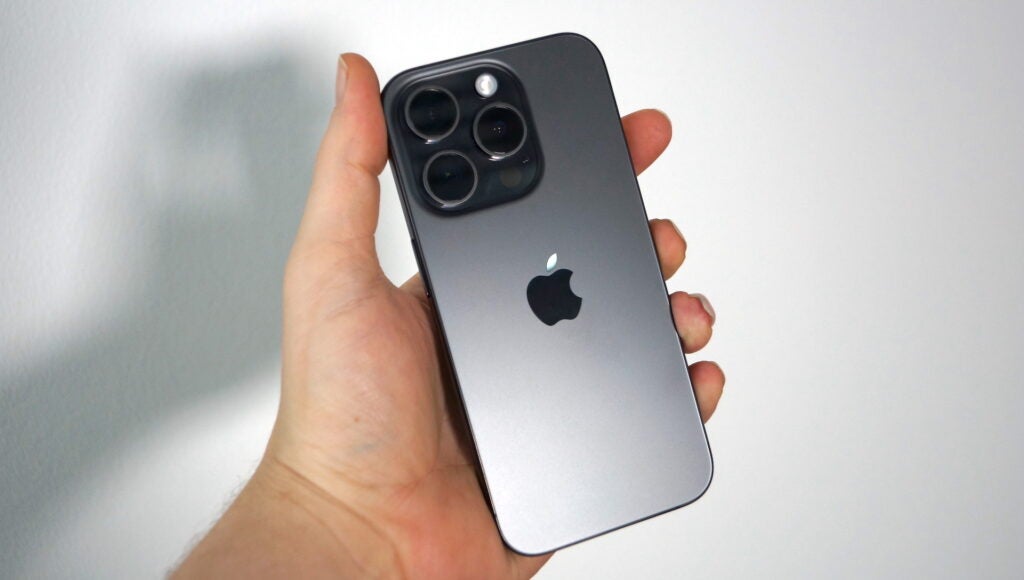OPINION: The iPhone SE was arguably the most challenging product to recommend in Apple’s hardware lineup; it featured an outdated design with equally antiquated hardware, especially in comparison to the mid-range Android competition.
That finally changed this week with the long-anticipated unveiling of the iPhone 16e.
Despite its name, the iPhone 16e is a spiritual successor to the iPhone SE (2022), representing Apple’s new entry-level point into the iOS ecosystem. Apple sorely needs this, considering the cheapest iPhone 16 costs a not-insignificant £799/$799.
However, the iPhone 16e isn’t quite as affordable. It costs a cool £599/$599, a £170/$170 increase over the £429/$429 iPhone SE.
Granted, the new iPhone 16e offers a whole lot more phone. It ditches the aged design and accompanying hardware of the iPhone SE and sports hardware much more reminiscent of recent iPhone releases. It also offers a boost in battery life compared to the SE, and with (almost) the same A18 chip as the iPhone 16, it offers Apple Intelligence smarts.

Small omissions can make a big impact
However, the iPhone 16e isn’t quite up to the standard of the iPhone 16 in all departments. It sports a 6.1-inch OLED screen with thicker bezels and the older Face ID notch in place of Dynamic Island, and there’s only a single camera on the rear, though it is an upgraded 48MP snapper.
In fact, when you look a little bit deeper at the iPhone 16e, you realise that there’s quite a bit of tech missing compared to the regular iPhone 16.
Aside from obvious differences like those mentioned above, there are smaller omissions that can really impact the iOS experience. The most notable is the lack of support for Apple’s hugely popular MagSafe technology. Considering it has been a staple since the iPhone 12, spawning a massive accessory market that now even attracts Android users, I’m quite surprised by this.


It might not seem like a huge thing on the surface, but given the prevalence of MagSafe accessories in various shapes and forms, you’re missing out on one of the key reasons to get an iPhone.
Those in the US may also lament the loss of the much faster mmWave 5G connectivity, which some have speculated could be due to the use of Apple’s own C1 modem – the first iPhone to do so. As a result, the iPhone also supports the slightly older Wi-Fi 6 instead of Wi-Fi 7.
Even the A18 chipset isn’t the exact same as that of the iPhone 16. It has one fewer GPU core, which will likely translate to slightly weaker graphics performance than the flagship when playing games.
You also miss out on the new Camera Control button, which controls various elements in the Camera app, video shooting modes like Cinematic Mode and Action Mode (despite having the hardware to enable these features), and more.
Even the colour options are comparatively boring compared to the vibrant iPhone 16 options, available in either black or white.
A much better iPhone for not that much more cash
These omissions might’ve been forgivable at the iPhone SE’s £429/$429 price point, but at £599/$599, they’re much harder to justify – especially when you consider the price of the iPhone 16.


It might start at £799/$799, a whole £200/$200 more than the 16e, but we’ve already seen the price of the iPhone 16 fall. It’s available for £749 at Amazon UK at the time of writing, for example.
That’s just £150 more. An extra £150 would not only net you a better screen with Dynamic Island technology, but also provide an additional camera with more shooting modes, a faster processor, Camera Control technology, mmWave 5G (in the US), and, of course, MagSafe connectivity.
For all but the most financially constrained among us, that’s an upgrade I would easily recommend.
Refurbished iPhones are the final nails in the iPhone 16e’s coffin
And, if you bring refurbished iPhones into the conversation, it gets even more complicated. Take the iPhone 15 Pro for example; you can pick up an Amazon-refurbished model for £649.95 at the time of writing.


That’s just £50 more than the iPhone 16e and you’ll not only get Dynamic Island support, MagSafe and all the features mentioned above, but also an upgraded titanium finish, additional 12MP ultrawide and 12MP 3x telephoto lenses and a super-smooth 120Hz refresh rate.
It doesn’t have the A18 chipset, but the A17 Pro is still massively capable and is powerful enough to provide support for Apple Intelligence.
So, while the iPhone 16e is a fantastic upgrade to its spiritual predecessor, the iPhone SE 3, it’s just a little bit too expensive to be an easy recommendation.
For more on Apple’s latest, see our iPhone 16 vs iPhone 16e and our look at why the iPhone 16 is dead, now the 16e is here.











